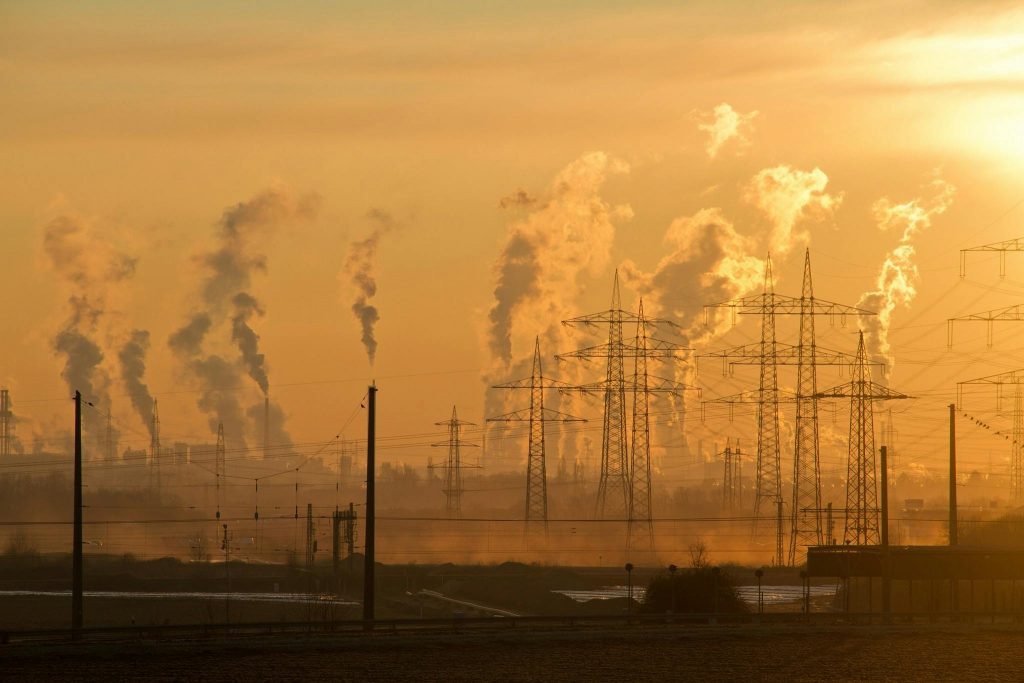

- Enhance infrastructure and promote sustainable urban planning to better prepare communities for the impacts of a changing climate.
- Understanding climate science and adopting strategies that leverage natural ecosystems enhances community resilience against climate change.
- Governments should enact policies and legislation that promote resilience and adapt to climate risks for effective climate adaptation.
- Investing in energy-efficient appliances, water resource management, and smart grid technologies reduces energy consumption and greenhouse gas emissions.
- Strong governance and robust policy frameworks ensure effective and equitable implementation of climate adaptation strategies at all government levels.
Climate change is no longer a distant threat but a pressing reality, impacting communities worldwide. Rising temperatures, extreme weather events, and shifting weather patterns are causing significant disruptions. For community leaders, environmental activists, and urban planners, the challenge lies in developing and implementing strategies to adapt and build resilient communities capable of withstanding these changes. In this article, we’ll discuss climate change’s scientific basis, explore key community resilience principles, and outline actionable strategies to help communities adapt effectively.
Understanding Climate Change
The Scientific Basis of Climate Change
Climate change refers to significant and lasting changes in the Earth’s climate and weather patterns over extended periods. This phenomenon is driven by increased greenhouse gas emissions, primarily from human activities such as burning fossil fuels, deforestation, and industrial processes. The Intergovernmental Panel on Climate Change (IPCC) has extensively documented the science behind climate change, showing a clear correlation between human activities and rising global temperatures.
Major Contributing Factors
Key contributors to climate change include carbon dioxide (CO2), methane (CH4), and nitrous oxide (N2O) emissions. These gases trap heat in the atmosphere, leading to the greenhouse effect. Deforestation and land-use changes also play a significant role by reducing the Earth’s capacity to absorb CO2. Additionally, industrial activities release a variety of pollutants that exacerbate global warming.
Immediate and Long-Term Impacts
The impacts of climate change are multifaceted and vary by region. Immediate effects include increased frequency and severity of extreme weather events such as hurricanes, floods, and wildfires. Long-term impacts involve rising sea levels, prolonged droughts, biodiversity loss, and changes in agricultural productivity. These changes pose significant challenges to infrastructure, public health, food security, and overall community well-being.

Key Principles of Community Resilience
Enhancing Infrastructure
Assessment of Current Infrastructure Vulnerabilities
Understanding the vulnerabilities of existing infrastructure is the first step toward resilience. This involves assessing the susceptibility of buildings, transportation networks, water systems, and energy grids to climate impacts. Vulnerability assessments can identify weak points that, if addressed, can significantly reduce the risk of failure during extreme weather events.
Adapting and Upgrading Infrastructure
Communities must prioritize upgrading infrastructure to withstand climate impacts. This includes retrofitting buildings to be more energy-efficient, strengthening flood defenses, and ensuring transportation networks are resilient to temperature extremes. Investing in resilient infrastructure protects against immediate threats and supports long-term sustainability.
Sustainable Urban Planning
Incorporating Climate Adaptations in Urban Design
Urban planning must integrate climate adaptation strategies to create sustainable and livable cities. This involves designing buildings and public spaces that can cope with extreme weather, incorporating permeable surfaces to manage stormwater, and planning for green infrastructure that supports cooling and flood management.
Role of Green Spaces and Their Benefits
Green spaces like parks, wetlands, and urban forests are crucial to urban resilience. They provide natural cooling, reduce the urban heat island effect, and manage stormwater runoff. Additionally, green spaces offer recreational opportunities and contribute to residents’ health and well-being.
Strategies for Resilient Communities
Disaster Preparedness and Response
Developing Effective Emergency Response Plans
Effective disaster preparedness involves developing comprehensive emergency response plans that outline procedures for evacuation, communication, and resource distribution. These plans should be regularly updated and tested through drills and simulations.
Community Engagement and Education
Engaging the community in disaster preparedness efforts is essential. This includes educating residents about potential risks, training them in emergency response techniques, and fostering a culture of resilience. Community involvement ensures a more coordinated and effective response during emergencies.
Ecosystem-Based Adaptation
Utilizing Natural Ecosystems to Buffer Against Climate Impacts
Ecosystem-based adaptation leverages natural ecosystems to reduce the impacts of climate change. This includes restoring wetlands as natural flood barriers, preserving mangroves to protect coastlines, and enhancing urban green spaces to mitigate heat waves.
Preserving and Restoring Local Biodiversity
Biodiversity plays a critical role in ecosystem resilience. Efforts to preserve and restore local biodiversity, such as protecting endangered species and restoring natural habitats, enhance the ability of ecosystems to adapt to changing conditions and provide essential services to communities.

Water Resource Management
Addressing Water Scarcity and Quality Issues
Water resource management is vital in the face of climate change. Strategies include implementing water conservation measures, improving irrigation efficiency, and investing in infrastructure to secure water supplies. Addressing water quality issues, such as contamination and pollution, is equally important to ensure safe and reliable water for all residents.
Stormwater Management Plan
A comprehensive stormwater management plan prevents urban flooding and maintains water quality. This involves incorporating green infrastructure such as rain gardens, permeable pavements, and retention basins to manage runoff and reduce the burden on drainage systems.
Energy Efficiency and Renewable Sources
Transitioning to Renewable Energy Sources
Switching to renewable energy sources like wind, solar, and hydroelectric power not only cuts greenhouse gas emissions but also boosts energy resilience. Communities can incentivize the adoption of renewable energy through policies, subsidies, and investment in infrastructure.
Improving Energy Efficiency
Improving energy efficiency in homes, businesses, and public buildings reduces energy consumption and lowers greenhouse gas emissions. Measures such as upgrading insulation, installing energy-efficient appliances, and implementing smart grid technologies can achieve this.
Policy and Governance
Role of Legislation in Climate Adaptation
Legislation plays a pivotal role in guiding and supporting climate adaptation efforts. Governments at all levels should enact policies promoting resilience, such as building codes that account for climate risks, zoning laws that encourage sustainable development, and incentives for renewable energy adoption.
Importance of Robust Policy Frameworks
A robust policy framework provides the foundation for coordinated and effective climate adaptation efforts. This includes establishing clear goals, allocating resources, and fostering collaboration between government agencies, private sector partners, and communities. Strong governance ensures that adaptation strategies are implemented effectively and equitably.
Conclusion
Building resilient communities in the face of climate change is a complex but essential task. By understanding the science behind climate change and adopting strategies that enhance infrastructure, promote sustainable urban planning, and leverage natural ecosystems, communities can better prepare for and adapt to the impacts of a changing climate. Investing in water resource management, energy efficiency, and robust policy frameworks further strengthens resilience efforts.
